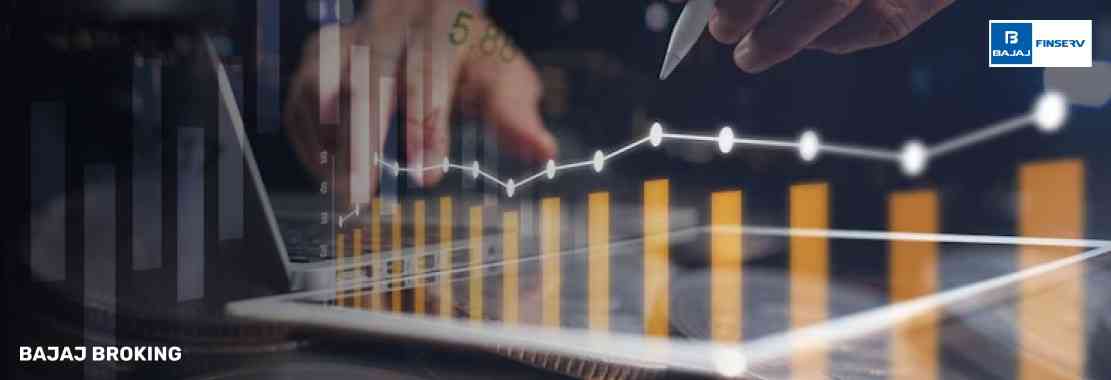In finance, the term tranche refers to a "slice" from a larger financial product, similar to how you might slice a pizza you bought with friends. Although you purchased the whole pizza, each person's portion is the "slice." Much like this, financial products such as bonds or mortgages are divided into smaller parts called tranches.
There are different reasons to divide a financial product into tranches, such as risk, time, or potential return. This allows the investor to choose the tranche that best fits their needs. In general, someone who wants safety and steady returns may select one tranche, while an aggressive investor may select another tranche.
The goal is to take a large financial product that is complicated and sell it in a simplified manner that allows for various investor types. The word tranche is derived from French and literally means "slice". You will see the term tranche predominantly in mortgage-backed securities (MBS) or asset-backed securities (ABS). Once you understand tranches, you have an understanding of how risk and reward is shared in finance.
Tranche Fundamentals
The word tranche became popular with securitisation. This is when banks take large debts, like loans or mortgages, and turn them into securities (financial products that can be sold). Instead of selling the whole product at once, they cut it into smaller slices called tranches.
Each tranche has its own special features. For example, one may be safe but pay less, while another may be risky but pay more. Some tranches last only a short time, while others may stretch for many years. Because of these differences, banks can sell the same financial product to people with very different goals.
When a tranche is created, it is clearly written in legal documents. These are called transaction documents. Each tranche is given a class of “notes,” and every class has its own credit rating. A credit rating shows how safe or risky that tranche is.
This process is used for many types of financial products. Loans, mortgages, bonds, insurance debts, and other obligations are often broken down into tranches. This makes them easier to sell and helps investors pick exactly what they want. It’s like a sweet shop where you don’t have to buy the whole jar—you can just take the flavour that suits you.
Operations of Tranches in Mortgage-Backed Securities (MBS)
Mortgage-backed securities (MBS) are made from large groups of home loans. These loans are not all the same. Some are very safe, with people who pay regularly and have low interest rates. Others are riskier, perhaps with people who may not always pay on time, but these loans often promise higher returns.
To handle these differences, the loans are grouped into tranches. Each tranche has its own maturity, which means how long it lasts. For example, a collateralised mortgage obligation (CMO) can have tranches that last 1 year, 10 years, or even 20 years. This makes it easier for investors to choose the part that fits their plans.
Investors also face a clear order of payment. Senior tranches are paid first, so they are safer. Lower tranches, like Z-tranches, are paid last. These are riskier but may offer higher rewards if everything goes well.
Here’s how it works in practice: homeowners pay their mortgage each month. These payments are collected and divided among the tranches. If you own a senior tranche, you get your share first. If you own a junior or Z-tranche, you may have to wait longer, and sometimes you may not get paid if too many people stop paying their loans.
As an investor, you can also decide whether to keep your tranche for steady monthly income or sell it early to someone else. It’s like choosing whether to keep eating your slice of pizza slowly or share it with a friend in exchange for something else.
Collateralised Debt Obligations (CDOs)
Collateralised debt obligations (CDOs) work in a very similar way to MBS. A CDO is a product made from pooling together different income-making assets such as mortgages, loans, and bonds. Once grouped, these assets are cut into tranches.
Each tranche is different in terms of risk, time period, and payment order. Senior tranches are safer because they get paid first, but they give smaller returns. Junior or “equity” tranches are riskier because they get paid last, but they offer higher returns as a reward for taking that extra risk.
Think of a queue at an ice cream shop. The people at the front (senior tranches) get served first. The people at the back (junior tranches) might get served later or not at all if the shop runs out of ice cream. But because they take that risk, they may get extra toppings as a reward.
This layered system allows different investors to choose what fits their own financial goals. CDOs spread both the money coming in and the risk of loss across all the investors. However, CDOs are known to be quite complex. If you don’t fully understand them, they can be risky choices.
Also read: What are options
How Tranches Affect Investment Strategies?
Tranches play a big role in how people plan their investments. For example, if you want slow but steady money for a long time, you may invest in a tranche with a longer maturity. This is safer but pays less each year.
On the other hand, if you want quick cash, you may go for a short-term tranche. This could give faster payments but may be riskier. Every tranche lets you design your investment strategy according to your needs, such as cash flow, safety, or growth.
The flexibility makes tranches attractive to a wide range of investors. For example, a retired person may choose a safe tranche for steady income, while a young investor might opt for a riskier one for higher returns.
But tranches also add complexity. If you don’t pick carefully, you may end up with a tranche that doesn’t suit your goals. Another risk is that credit rating agencies sometimes mislabel tranches. During the 2007 financial crisis, many risky tranches filled with weak mortgages were wrongly given high ratings like AAA. This tricked investors into thinking they were safe when they weren’t.
That crisis showed why it’s so important to understand how tranches work before investing.
Things to Consider Before Investing in Tranches
Just knowing what a tranche is will not keep you safe. Before investing, you need to check the details. As seen in the 2007 financial crisis, credit rating agencies can sometimes get it wrong. A tranche may look safe on paper, but actually carry high risk.
To avoid surprises, always study the assets inside a tranche. Don’t rely only on the credit rating. Look at whether the loans or bonds inside it are strong. Think about how the tranche matches your personal financial goals. If you are unsure, ask questions until you are clear.
Be extra cautious about tranches that seem “too good to be true.” If they promise much higher returns than others, it usually means they also come with higher risk. It’s like someone offering you a very big slice of cake—it looks tempting, but it may make you sick if you’re not prepared.
The best way to invest in tranches is by being informed. The more you know, the better your chance of making safe and smart choices.
Conclusion
Tranches are slices of larger financial products, created to suit different types of investors. They can be safe and steady or risky and fast-paying. Each one gives you choices depending on your goals.
But they are not simple. Wrong ratings and complex structures can hide risks. The 2007 financial crisis proved this. Always research carefully, look at the real assets inside, and match them to your needs.
When used wisely, tranches can be helpful tools. But they demand careful thought, patience, and a clear plan before you invest.





